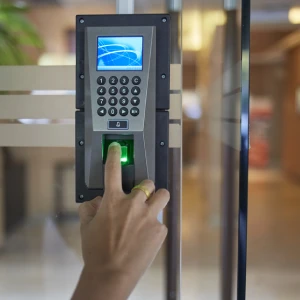Access Control
A security measure aimed at limiting or granting access to resources or information only to authorized individuals or entities is called access control. Essentially, it involves a set of procedures and policies that ensure that only authorized users may access, modify, or delete data or other resources within an organization.
The implementation of access control mechanisms can be carried out at various levels, including physically, logically, and administratively.
Physical access control involves the use of physical barriers such as locks, doors, or security cameras to prevent unauthorized access to physical spaces.
Logic access control, on the other hand, refers to the use of software-based controls such as passwords, biometrics, or access cards in order to restrict access to digital resources such as databases, files, and networks.
The administrative access control refers to the policies and procedures that govern the implementation and enforcement of access control mechanisms within an organization.
The use of access controls is an essential component of information security in a variety of settings, including government agencies, healthcare organizations, financial institutions, and other industries that handle sensitive data. Organizations can minimize the risk of data breaches, unauthorized access, and other security threats by implementing effective access control measures.

